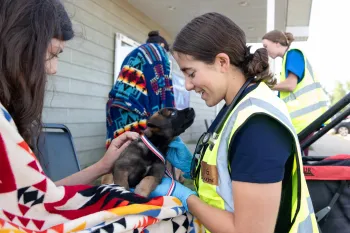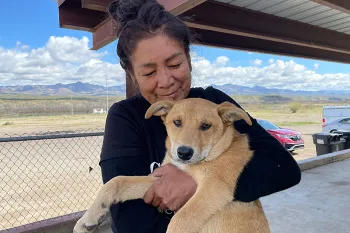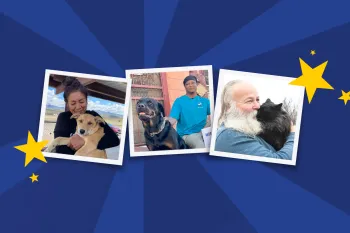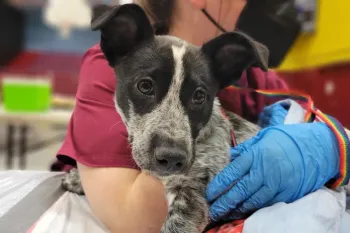I’ve said it before, and I’ll say it again: Everyone caring for a companion animal should be able to obtain the resources they want and need for their animal’s health and well-being. A lack of access to pet resources does not mean someone shouldn’t experience the joy and love the bond with a pet can bring. And yet, in the U.S., at least 20 million pets live in homes experiencing poverty or in underserved areas where resources are limited or essentially nonexistent. This is why I view access to care as one of the defining animal welfare issue of our time.
A videographer recently traveled with the Rural Area Veterinary Services program to South Dakota to document the profound impact that bringing essential veterinary resources to underserved communities can have on the lives of people and their animals.
Our RAVS team set up a mobile veterinary clinic in the community’s bingo hall, where they got to work providing spay and neuter surgeries and vaccines, as well as wellness checks and emergency care for animals whose families hadn’t been able to access the services they needed before now.
The benefits are mutual—not only do communities get access to fundamental care, but volunteer veterinary students gain valuable in-the-field experience working with our experienced professional team.
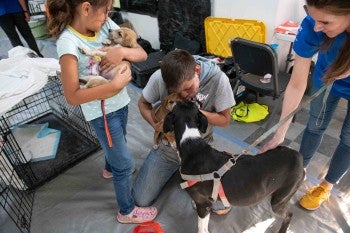
Meredith Lee/The HSUS
I’m so proud that this work to expand access to veterinary care in underserved rural communities where poverty and geographic isolation make regular animal health services unavailable has been going on for more than two decades. RAVS’ veterinary teams have treated more than 175,000 animals, providing a range of services valued at more than $33 million—all at no cost to people and their pets. More than 9,700 veterinary and veterinary technician students and professionals have gained life-changing service-learning opportunities. And to support long-term solutions to the barriers faced by underserved communities, RAVS teams work with local partners to help build capacity for community-based animal care resources and sustainable service programs.
These kinds of holistic approaches to the animal welfare cause are immensely powerful because they view well-being of animals as interrelated with the well-being of humans. The positive impacts reverberate through communities, preventing pets from ending up in already overstretched shelters and helping to keep families together with their beloved animals.
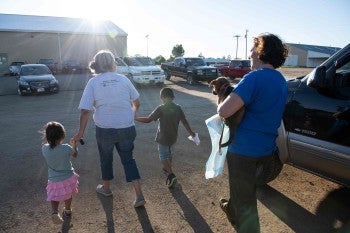
Meredith Lee/The HSUS
If you’re a veterinary professional or student and want to get involved with these types of efforts for animals, visit our RAVS resource page for information about how to volunteer or join the Humane Society Veterinary Medical Alliance to engage in our training and veterinary advocacy.
Follow Kitty Block @HSUSKittyBlock.
